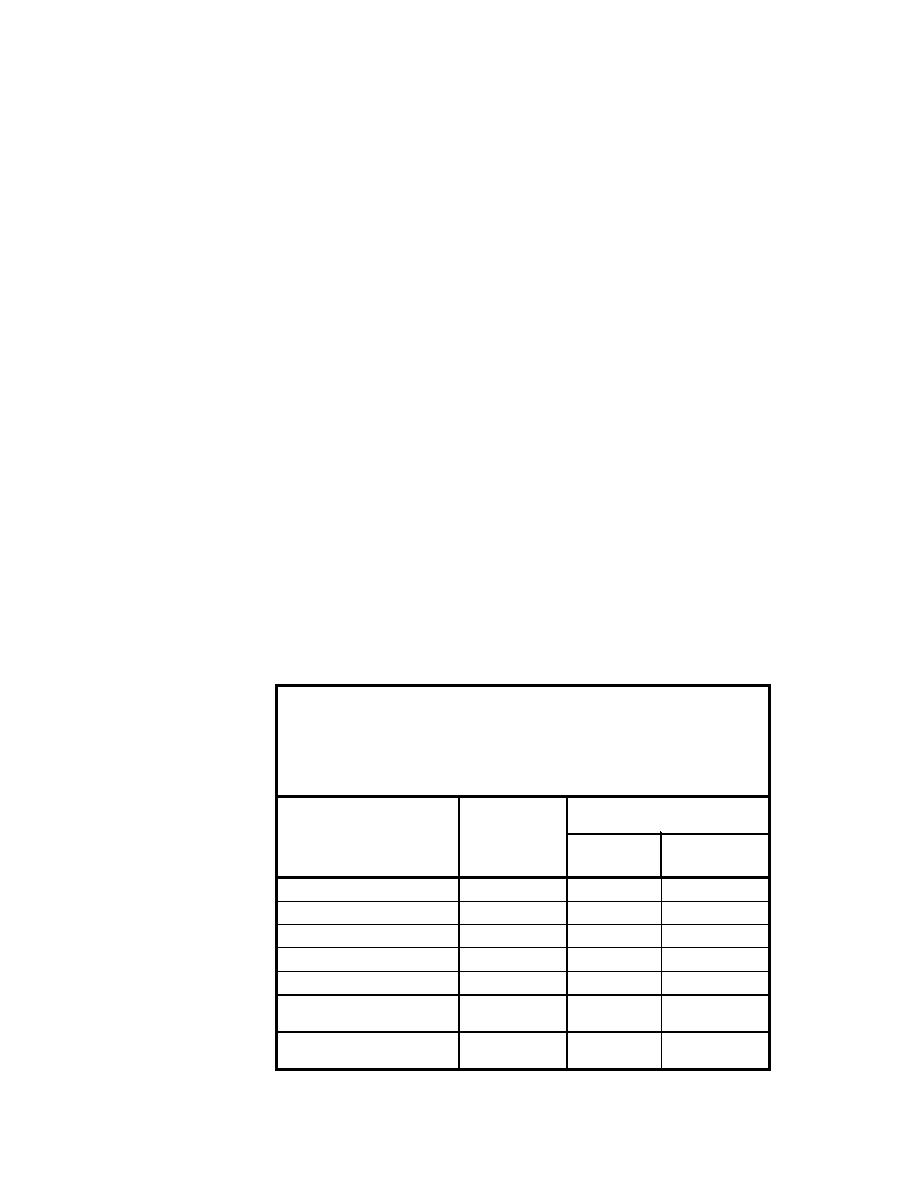 |
||
|
|
||
|
Page Title:
Table 2. The Ratio of the 90 to the 10 Percentile of Bioaccumulation Factors (BAF) Predicted by the Gobas and Thomann Models ... |
||
| |||||||||||||||
|
|
 Sensitivities ranged up to about 20 (indicating a decrease in BAF)
for the feeding preference of a benthic invertebrate on
phytoplankton in the Thomann model. The models were less
sensitive to changes in organism weight, temperature (input to
Gobas model only), and sediment organic carbon (input to Gobas
model only).
As described (Burkhard 1998), the uncertainty associated with the
model output depends not only upon its sensitivity to the input
parameters described but also on the uncertainty associated with the
individual input parameters. For example, a low sensitivity input
parameter can add considerable uncertainty to estimates of output if
the measurement uncertainty of the input is relatively large.
Uncertainty associated with the input parameters may result from
analytical errors in the measurement of the parameter, sampling that
is not representative of the population, or lack of sufficient
information about the parameter.
The dual influences of sensitivity and uncertainty in the input
parameters must be considered when evaluating the overall model
uncertainty. Monte Carlo simulations were performed for each input
parameter, using a plausible range of values for each input
parameter that reflect uncertainty, not variability (Burkhard 1988).
The ratios of the 90th and the 10th percentiles of the model output
derived from the simulations were compared among input
parameters. For both models, ΠSOCW, Kow, and feeding preferences
resulted in the largest range of simulated output values. Table 2
summarizes results from Burkhard (1998).
Table 2
th
th
The Ratio of the 90 to the 10 Percentile of Bioaccumulation
Factors (BAF) Predicted by the Gobas and Thomann Models for a
Piscivorous Fish for a Log n-Octanol/Water Partition Coefficient
Kow of 6.5 Using the Uncertainties of the Individual Input
Parameters
Ratio of 90th to 10th
Input Parameter
Percentile Predicted BAFlfd
Uncertainty
(C.V.), %
(assumed
Parameter
distribution)
Gobas Model
Thomann Model
Kow
0.2 (lognormal)
1.41
2.88
Temperature
10 (normal)
1.15
Not used
Sediment organic carbon
63 (normal)
1.00
Not used
ΠSOCW
15 (lognormal)
3.09
2.19
Weight of piscivorous fish
50 (normal)
1.05
1.00
Lipid content of piscivorous
fish
5 (normal)
1.12
1.10
Feeding preference of smelt
(fish)
40 (normal)
1.58
1.05
41
Chapter 5 Uncertainty in Tier IV Risk Assessments
|
|
Privacy Statement - Press Release - Copyright Information. - Contact Us - Support Integrated Publishing |